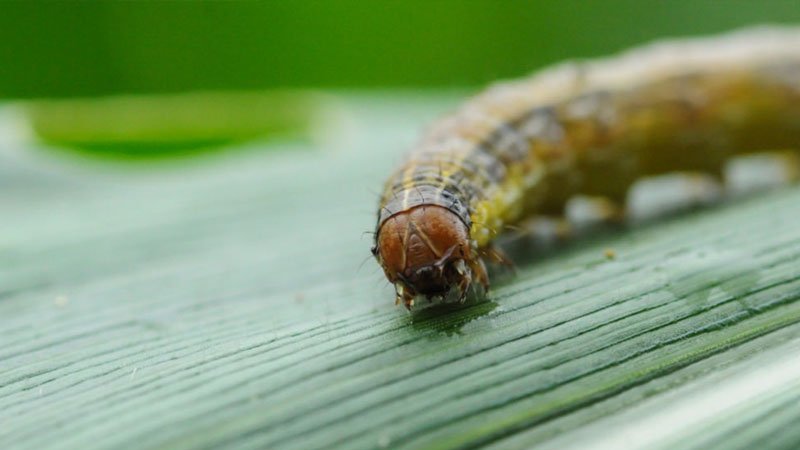
For more than a half-century, chlorpyrifos has been effective at eliminating many species of insect pests, some of which are found in finely managed turf. For more than a decade, the chemistry has come under fire from those who want to see it banned because they view it as a toxic threat to humans and non-target organisms.
Two years ago, detractors of chlorpyrifos lobbied the U.S. Environmental Protection Agency to cancel its registration. The EPA denied that request, but states are beginning to take matters into their own hands.
The New York Department of Environmental Conservation canceled registration of chlorpyrifos and more than two dozen other pesticides, effective Dec. 31, 2020. The department announced in July the final regulations prohibiting the sale, distribution, possession and use of products containing the active ingredient.
Late in 2020, the Oregon Department of Agriculture announced it will begin to limit use of chlorpyrifos, with plans to virtually phase out its use by 2023.
The Oregon plan will include banning the chemistry, which is effective for controlling armyworms, for use on golf courses. The most common use of chlorpyrifos in Oregon is on Christmas trees.
A request to ban the chemical was submitted by at least a dozen public advocacy groups as well as the states of New York, Washington, California, Massachusetts, Maine, Maryland and Vermont in 2007. Chlorpyrifos was banned nationwide for use in the residential market in 2000, but still is registered for professional use in 49 states (Alaska).
Lawmakers in Hawaii have enacted a statewide ban that will go into effect next year. California enacted a similar ban that became law this year.
Opponents say long-term exposure to the chemistry, which was patented by Dow in 1966, can cause neurological damage and claim that children are especially at risk. A data sheet published by Oregon State University says it does not bind to the soil and is not commonly taken up by plants, but is a concern in runoff.
The EPA in 2015 produced studies it said at the time backed up such claims, but has since reversed its own findings.


